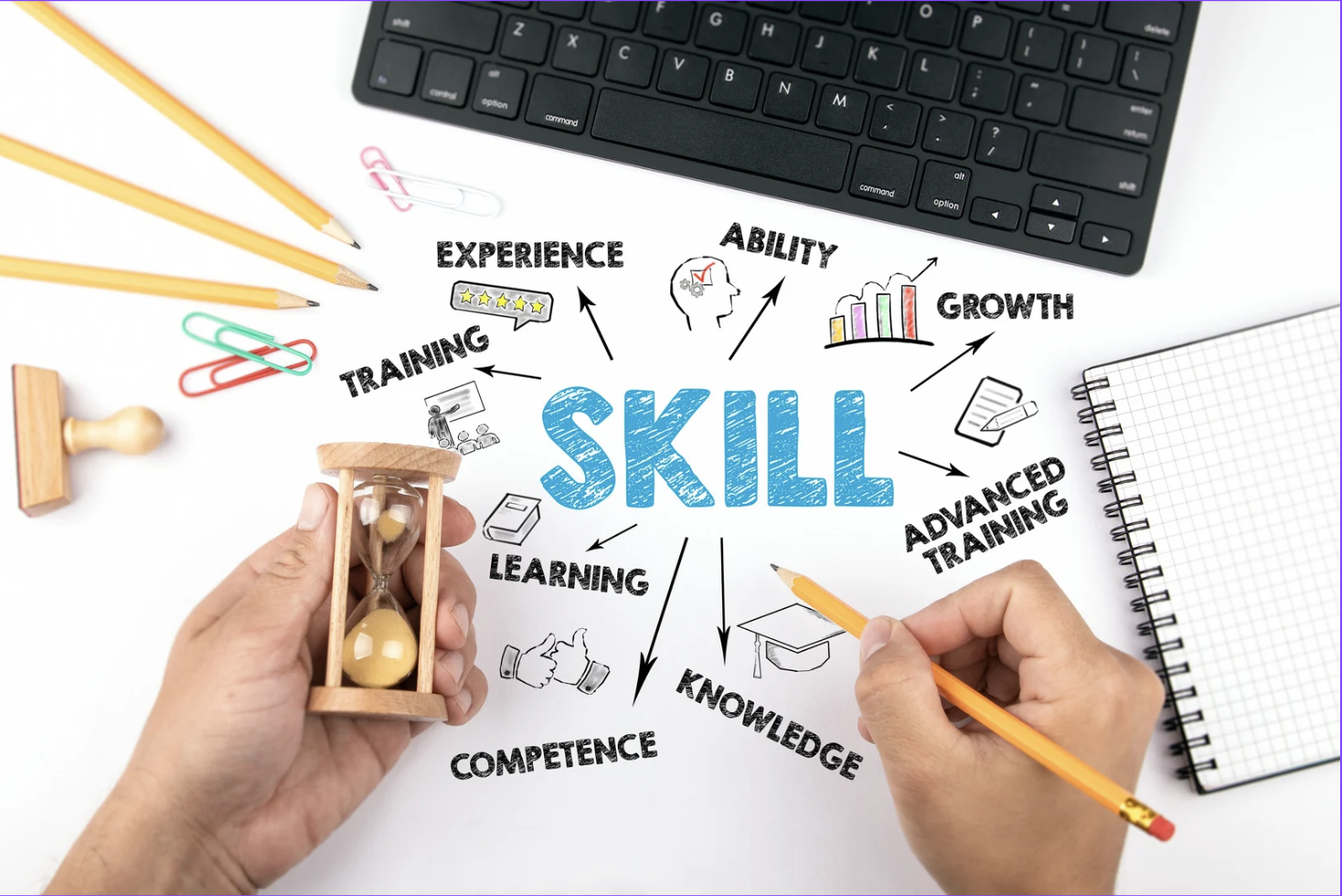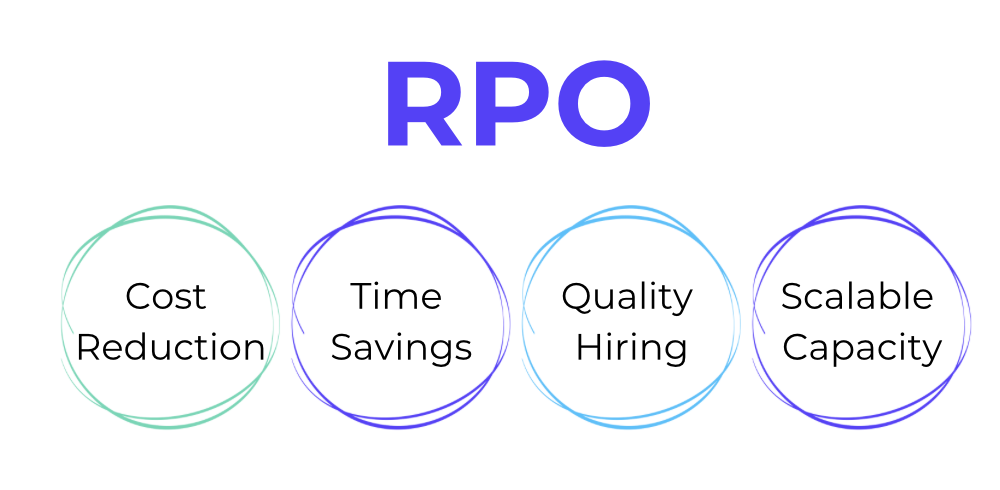Companies that integrate AI into their financial forecasting processes are not only gaining a competitive edge but also driving innovations that lead to sustainable growth. The benefits of AI in financial forecasting are too many to count—from increased accuracy and faster analysis to actionable insights that guide strategic planning. If you want to explore this field and reap the benefits while at it, this guide will teach you how to integrate AI for financial forecasting.
Table of Contents
Step 1: Assess Readiness and Set Your Goals
Start by analyzing your current forecasting methods. What tools and techniques are you currently using? How accurate are your forecasts, and what are the typical challenges you face? This reflection will help you identify areas where AI can make the most impact.
Next, pinpoint specific pain points in your financial forecasting. Are there recurring errors, delays, or inefficiencies? Identify these bottlenecks and consider how AI can address them. Additionally, look for opportunities where AI can improve your processes by adding capabilities like anomaly detection, real-time reporting, or predictive insights.
Establish clear objectives for AI integration. What do you hope to achieve by incorporating AI into your financial forecasting? Whether it’s improving accuracy, speeding up the process, or gaining deeper insights, setting these goals will guide your AI strategy and help measure its success.
Step 2: Build the Right Team
With objectives clearly defined, it’s time to focus on the human element of the integration process. Assembling the right team is crucial for the successful deployment of AI in financial forecasting.
Gather a diverse group of professionals who bring varied strengths to the table. This typically includes finance experts, IT specialists, and data scientists. Finance professionals bring deep domain knowledge, essential for understanding the intricacies of your forecasting needs. IT specialists ensure you have the technical infrastructure to support AI tools, while data scientists handle data analysis and the development of machine learning models.
Clearly outlining roles and responsibilities is equally important. This not only streamlines operations but also prevents overlaps and ensures accountability. The finance team will primarily focus on interpreting AI-generated insights, IT will manage system integration and maintenance, and data scientists will be responsible for data preparation, model development, and continuous improvement of AI algorithms.
It doesn’t stop there — encourage your team to engage in regular learning and development activities. Providing access to online courses, workshops, and certifications can be invaluable. This culture of continuous learning helps your team stay ahead of the curve, making the integration of AI not just about adopting new tools, but also about fostering a mindset equipped to make the most of these tools.
Step 3: Prepare Your Data
Conduct a thorough data audit — assess the quality and availability of your current financial data, identify any gaps or inconsistencies, and map out the data sources you currently use. Knowing the state of your existing data helps plan for the next steps and ensures you have a clear view of what improvements are needed.
Next, focus on cleaning and organizing your historical financial data. Remove any redundant or inaccurate entries and standardize formats to ensure consistency. This step is crucial as it ensures that your AI models are trained on reliable and consistent data, leading to more accurate forecasting outcomes.
Don’t forget about data privacy and security — your data handling practices have to comply with relevant laws and regulations such as GDPR or CCPA. Implement stringent data security measures to protect sensitive financial information from breaches and unauthorized access.
Finally, establish robust data governance frameworks. Define clear policies and procedures for data management, including roles and responsibilities for data stewardship to ensure your data remains accurate, accessible, and secure as your AI initiatives grow and evolve.
When it comes to selecting the right AI tools for financial forecasting, you have to evaluate a range of technologies that can meet your unique needs. Start by assessing the various AI platforms available on the market, focusing on solutions that specialize in financial forecasting and have a track record of success in similar industries.
When selecting AI solutions, consider:
- Scalability: Your chosen AI tool should be able to grow with your organization. This means it should handle increasing amounts of data and more complex forecasting requirements as your business advances.
- Ease of Use: Look for user-friendly interfaces and tools that your team can quickly learn to use. Ease of use can significantly reduce training time and costs, ensuring a smoother integration process.
- Integration Capabilities: Ensure the AI tool can seamlessly integrate with your existing financial systems. Compatibility is critical to enable efficient data flow if you’re to use your historical data without major disruptions.
Another key decision is whether to partner with external vendors or develop in-house AI solutions. Partnering with vendors can provide access to specialized expertise and accelerate the implementation process. However, it might come with recurring costs and less control over customization. On the other hand, building an in-house solution can be tailored to your specific needs, offering more flexibility and control, but it requires substantial investment in terms of time, money, and skilled personnel.
Step 5: Develop and Train AI Models
To begin, define the scope and parameters of your AI models clearly. Identify the specific forecasting needs your model should address — revenue projections, expense forecasting, cash flow management, or risk assessment. Next, set the parameters for these models, such as the time frame for forecasts, the types of inputs required, and the expected frequency of updates.
Once the scope and parameters are defined, the next step is for you to choose the right machine learning algorithms — options range from simple linear regression models to more complex neural networks. When selecting algorithms, consider their strengths and limitations in relation to your defined objectives. Linear regression might suffice for straightforward tasks, while more complex models like random forests or deep learning may be necessary for intricate forecasting scenarios. Remember that team of rockstars you assembled? This is the time to consult with data science experts in your team to make informed choices.
The heart of AI model development lies in training these models using historical financial data. Feed your algorithms with historical datasets and allow them to learn patterns and correlations. Make sure your data is detailed, understandable, and clean to improve learning outcomes. After initial training, the next step is fine-tuning—adjusting the model’s parameters to enhance accuracy. This iterative process may require multiple rounds of tweaking and testing to achieve optimal results.
Backtesting is a critical step to validate the performance of your AI models. Apply the trained models to historical data to see how accurately they would have predicted past outcomes. By comparing these predictions against actual historical results, you can assess the model’s reliability and accuracy. Backtesting helps in identifying any discrepancies or biases in the model and offers opportunities for further refinement.
Step 6: Implement the AI Models
After successfully training and validating your AI models, the next phase is to integrate them with your existing financial systems.Connect your AI models to your current financial software through API integrations or direct data pipeline setups, depending on your infrastructure. Ensure that data flows smoothly between systems to support real-time analysis and reporting.
It’s essential to collaborate closely with your IT department throughout this process. They can help identify potential integration challenges and provide solutions to ensure the AI models work effectively within the existing technological ecosystem.
Next, focus on establishing automated data feeds. Automated feeds ensure that your AI models consistently receive up-to-date information without manual intervention, which is vital for maintaining accuracy and reliability.
Real-time analysis capabilities are another critical component. By setting up systems that allow for continuous monitoring and instant processing of financial data, you can provide timely insights that support agile decision-making. Real-time data improves the predictive power of your AI models, allowing your organization to react swiftly to emerging trends and anomalies.
For AI-driven forecasting to be truly effective, well-defined workflows and processes must be established. Outline clear procedures for how data is collected, processed, and analyzed by the AI models. Define roles and responsibilities to ensure that everyone involved understands their part in the forecasting process.
These workflows should also incorporate feedback loops for ongoing model evaluation and refinement. Regular updates and adjustments to the AI models based on new data or changing business conditions will help keep your forecasts accurate and relevant.
Step 7: Monitor and Evaluate
Once your AI models are up and running, set up ongoing monitoring systems to track the performance of your AI models in real-time. use dashboards and performance metrics to detect any deviations from expected outcomes immediately.
For an AI model to evolve and better serve your needs, it’s crucial to establish feedback loops. Collect insights from the departments using the forecasts and feed them back into your system. This feedback can highlight inconsistencies or areas requiring fine-tuning, thereby improving the model’s predictive power over time.
The financial environment is dynamic, and so should be your AI models. Periodically review and update the models to incorporate new data and changing market conditions. Engage in proactive backtesting and scenario analysis to ensure that your model remains relevant and effective. Regular updates help in mitigating risks and leveraging new opportunities ahead of your competition.
Best Practices for CFOs Considering AI Implementation
As you explore AI financial forecasting, you have to:
Keeping up-to-date with the latest trends and developments in AI technology is crucial. Regularly attend industry conferences, webinars, and training sessions to stay informed. An adaptive mindset will help you make timely adjustments and stay ahead of the curve.
Foster a Data-Driven Culture
Encourage a data-driven approach within your finance team and across the organization. Promote the use of analytics in everyday decision-making processes and ensure that all team members understand the value of data integrity and accuracy.
Engage in Cross-Functional Collaboration
Successful AI integration requires collaboration across different departments. Foster a culture of open communication and continuous improvement by involving stakeholders from IT, data science, and finance in discussions and decision-making processes.
Prioritize Data Quality and Governance
High-quality data is the backbone of effective AI models. Implement stringent data governance policies and ensure compliance with data privacy regulations. Regularly audit and cleanse your data to maintain its accuracy and relevance.
Embrace a Scalability Mindset
When choosing AI tools and technologies, consider their scalability and flexibility. Ensure that your solutions can grow with your organization and adapt to evolving business needs. Scalable AI solutions will allow you to expand AI capabilities across different financial functions seamlessly.
Invest in Continuous Learning and Development
AI technology is constantly evolving. Invest in continuous learning and development programs for your finance team to keep their skills up-to-date. Encourage certifications and advanced training in AI and related technologies.
Maintain Transparency and Ethics
Avoid unethical practices by maintaining transparency in your AI processes. Ensure that your AI models are explainable and that decision-making processes are clear to stakeholders. Uphold ethical standards and compliance with regulations to build trust and credibility.
How To Integrate AI for Financial Forecasting: Key Takeaways
As you initiate AI integration, prioritize data quality, foster a data-driven culture, and maintain ethical standards will be pivotal to your success. By carefully following each step outlined in this guide, you’ll not only boost forecasting accuracy but also unlock significant strategic advantages. As a matter of fact, half of the companies that already use AI for financing forecasting claim they reduced overall error by at least 20%.
Remember, your commitment today to integrating AI will pave the way for your organization’s future resilience, innovation, and growth. The road to AI integration may present challenges, but the rewards—efficiency, precision, and forward-thinking insights—are well worth the effort.
Improve your business efficiency by integrating AI technologies.
Contact SnapStack today for expert assistance.
GET IN TOUCH.







